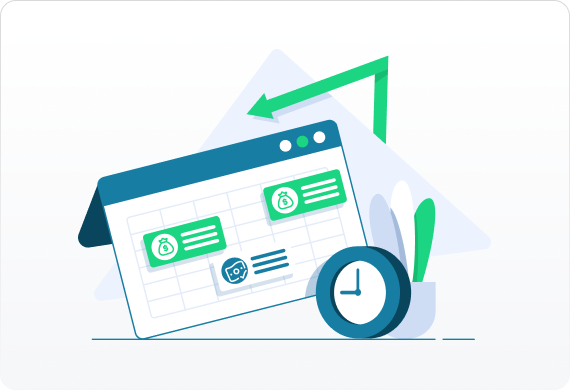After declaring bankruptcy, you have probably worked to get your life back on track. Straightening out past business mistakes, or opening a new business after a failed venture, is not uncommon. But all businesses will, at some point, need capital. The question becomes, how to obtain it with a bankruptcy on your record?
Unfortunately, small businesses comprise 80-90% of business bankruptcy filings. If you’re a small business owner, you might have owned a previous business which failed through no fault of your own. Many people go into business without having the required financial skills and learn the hard way how to manage money. Or you had personal problems, such as an illness or divorce, which interfered with running your business.
Whatever the reason that you previously had to declare bankruptcy, you’ve picked yourself back up and revived or started a new business. And now you’ve reached the point where you need capital. While your business funding options will be more limited after bankruptcy, you are not without resources. Shield Funding understands that bankruptcies occur but that should not restrict you from ever receiving a business loan again. Get started by applying online today.







